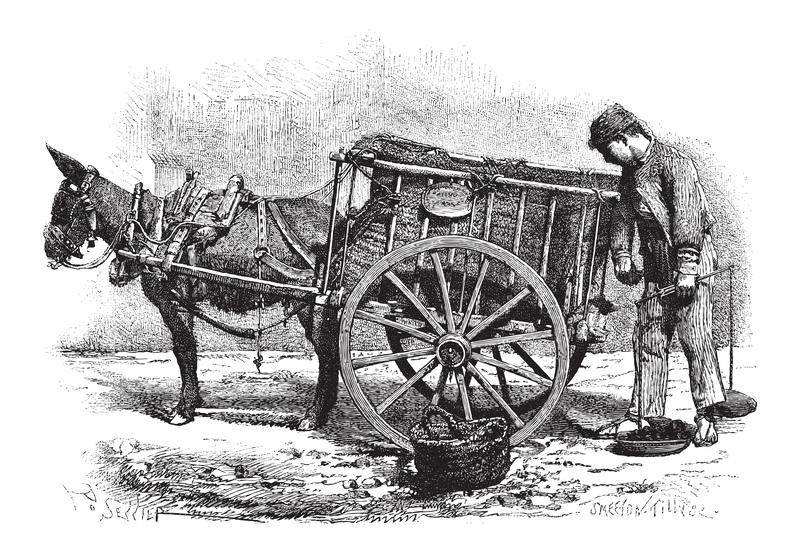Strategies for Minimizing Manufacturing Waste
In today's competitive industrial landscape, manufacturers are under increasing pressure to optimize resources and reduce waste. *Minimizing manufacturing waste* not only helps in cutting costs but also contributes to environmental sustainability. This article outlines effective strategies and best practices that businesses can implement to reduce waste in manufacturing processes.
1. Understanding Manufacturing Waste
Before delving into strategies, it's critical to understand what constitutes manufacturing waste. Waste in manufacturing can occur in various forms such as:
- Excess materials and overproduction
- Defective products requiring rework or disposal
- Unnecessary inventory
- Inefficient processes leading to wasted machine time and labor
- Waste from energy and water usage
By recognizing these waste types, manufacturers can tailor specific strategies to address each area effectively.

2. Implementing Lean Manufacturing
Lean manufacturing is a highly effective approach focused on eliminating waste and optimizing processes. Lean principles encourage companies to:
- Continuously improve processes through Kaizen
- Streamline production with just-in-time (JIT) inventory
- Reducing overproduction by understanding demand
- Enhance product quality to decrease defects
These strategies not only reduce waste but also improve overall efficiency and productivity.
2.1 Benefits of Lean Manufacturing
Implementing lean manufacturing processes offers multiple benefits:
- Cost savings: Reduced waste leads to lower material costs.
- Improved quality: Focus on quality reduces defects and rework.
- Increased efficiency: Streamlined processes speed up production.
- Sustainability: Limited waste contributes to environmental goals.
3. Adopting Six Sigma Methodologies
Six Sigma offers a methodology for improving process quality and reducing waste by identifying and removing the causes of defects. It involves using statistical analysis tools to enhance production efficiency and ensure consistent product quality. By applying Six Sigma techniques such as DMAIC (Define, Measure, Analyze, Improve, Control), manufacturers can achieve significant waste reduction.
3.1 Six Sigma in Waste Reduction
The Six Sigma process helps in:
- Enhancing process accuracy and precision
- Minimizing defects and variabilities
- Reducing operational costs
- Increasing customer satisfaction by improving product quality
4. Investing in Technology
With advancements in technology, manufacturers can leverage digital tools to optimize waste management:
4.1 The Role of Automation
Automation can significantly minimize waste by:
- Ensuring precision in production processes, reducing material waste
- Improving product quality through consistent production standards
- Decreasing labor costs by replacing manual processes with machines
4.2 **Utilizing IoT for Smart Manufacturing**
The Internet of Things (IoT) enables smart manufacturing by connecting machines and systems. With IoT, businesses can:
- Gather real-time data for better decision-making
- Predict machine maintenance to avoid unexpected downtimes
- Implement smart energy management systems to reduce energy waste
5. Recycling and Reusing Materials
By establishing a robust recycling and reuse program, manufacturers can minimize the environmental impact and operational costs:
- **Reusing** by-products in the production cycle
- Recycling scrap materials into raw materials
- Collaborating with suppliers for recycled material sourcing
6. Employee Training and Involvement
An informed and involved workforce is critical to waste reduction:
- Offer regular training programs on waste management practices
- Encourage employee input and suggestions on process improvements
- Incentivize workers for achieving waste reduction targets

7. Monitoring and Continuous Improvement
Establish a solid framework for regularly monitoring waste reduction efforts:
- Set clear KPIs and track progress consistently
- Conduct regular audits to identify new waste sources
- Foster a culture of continuous improvement to seek out inefficiencies
Conclusion
Waste minimization is a comprehensive, ongoing process that requires commitment and innovation. By implementing the strategies outlined above, manufacturers can effectively reduce waste, lower costs, and enhance sustainability. Investing in technology, adopting lean and Six Sigma methodologies, and fostering an empowered workforce are key drivers in achieving substantial improvements in waste management. Ultimately, by prioritizing waste reduction, manufacturers can not only preserve natural resources but also gain a competitive edge in the marketplace.